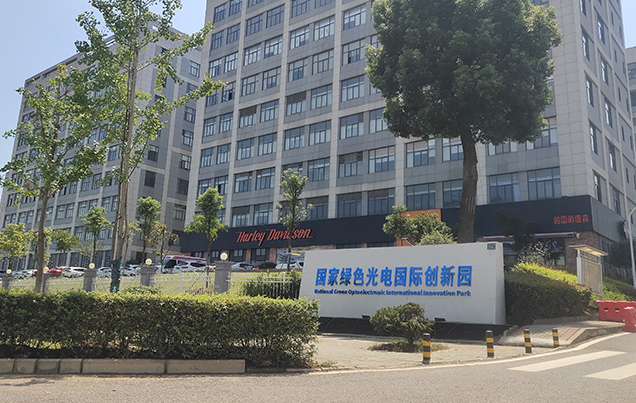
Products
产品中心ABOUT US
关于我们开运体育有限公司,坐落于风景秀丽的江城武汉市东湖高新区内,是一家专业从事电力系统解决方案制造与研发的高新技术企业,公司致力于国内外水利水电行业机电产品的设计和制造。
公司自2010年成立以来,始终本着“诚信、专业、创新、服务”的经营理念,拥有发明专利1项、实用新型专利14项、软著13项,产品还拥有两个注册商标。公司被评为武汉市瞪羚企业、科技型企业、小巨人企业,用户遍及国内各个省份,产品线丰富,技术和市场实力雄厚,为广大客户提供了优质高效的产品和服务,技术能力和服务水平得到行业—致好评。
查看更多
news
新闻资讯地址:武汉市东湖高新技术开发区光谷新动力9栋 访问淘宝店铺 Copyright © 2017-2023 开运体育有限公司 All Rights Reserved. 鄂ICP备2023002389号